The accepted answer worked for me but I noticed when I wanted the shadow image to reappear when popping back or pushing forward to another vc there was a noticeable blink in the navigation bar.
Using this method navigationController?.navigationBar.setValue(true, forKey: "hidesShadow")
in viewWillAppear the shadow bar is hidden in the current visible view controller.
Using these 2 methods
navigationController?.navigationBar.setBackgroundImage(nil, for: .default)
navigationController?.navigationBar.setValue(false, forKey: "hidesShadow")
in viewWillDisappear the blink still happens but only when the shadow image reappears and not the navigation bar itself.
override func viewWillAppear(_ animated: Bool) {
super.viewWillAppear(animated)
// 1. hide the shadow image in the current view controller you want it hidden in
navigationController?.navigationBar.setValue(true, forKey: "hidesShadow")
navigationController?.navigationBar.layoutIfNeeded()
}
override func viewWillDisappear(_ animated: Bool) {
super.viewWillDisappear(true)
// 2. show the shadow image when pushing or popping in the next view controller. Only the shadow image will blink
navigationController?.navigationBar.setBackgroundImage(nil, for: .default)
navigationController?.navigationBar.setValue(false, forKey: "hidesShadow")
navigationController?.navigationBar.layoutIfNeeded()
}

